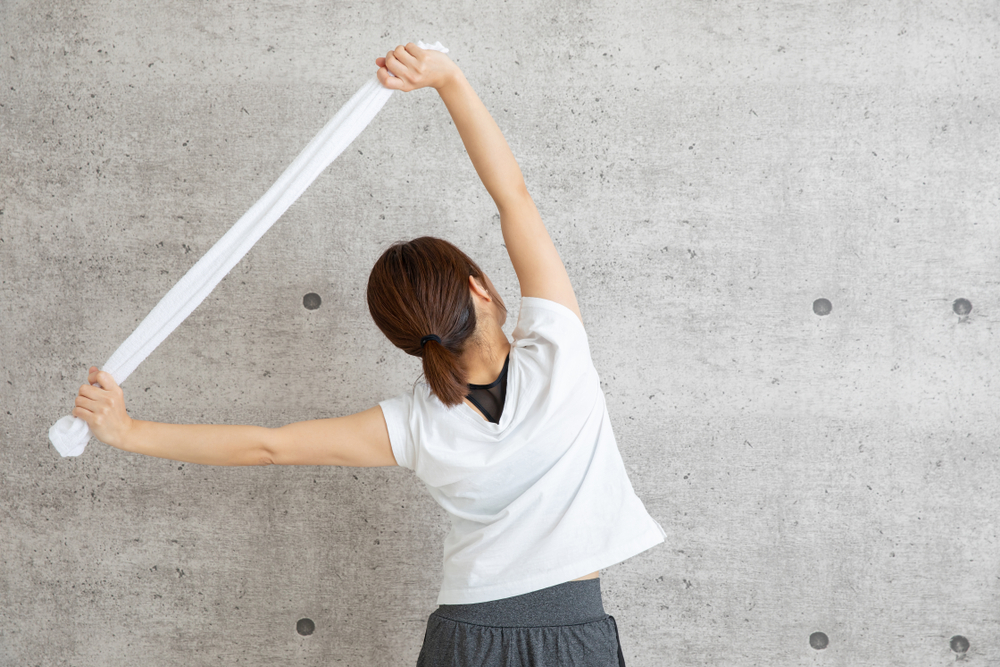
Take a deep breath
It should not come as a surprise that one of the keys to maintaining respiratory health is in the breath. How do we maintain respiratory and aerobic capacity? What role does the flexibility of the spine, rib cage, and shoulders play in our ability to take a deep breath and fill our lungs? How do you cultivate the ability to take a deep breath and hold it?
Maintaining flexibility
Flexibility of the musculoskeletal system plays an important role in maintaining pulmonary health. The ability to breath deeply relates closely to the mobility of joints of the rib cage. Additionally, the elasticity of the soft tissues; the muscles, tendons and ligaments, and effects their ability to expand and contract in response to breath, and movement. Breathing produces movement within the ribcage as well as the rhythmic pulsing of fluids and energy throughout the human body.
Preventing respiratory illness
Breathing and stretching exercises can help you to improve your lung capacity and slow down your respiratory rate. Respiratory illness results in just the opposite, rapid shallow breaths. Perform these simple exercises daily and you will be on your way to cultivating a stronger, more resilient response to respiratory illness including asthma, COPD and infectious diseases including Covid-19. You are also likely to notice the calming effect that deep breathing has upon your nervous system.
Breathing exercises
1. Pursed lip breathing
This exercise can help you to maintain healthy airways. Breathe in slowly through your nose. Hold your breath at the top of your inhalation for ten seconds. The ability to hold your breath is critical for maintaining good lung health. Then, breathe out slowly through pursed lips, lengthening your expiration until you have expelled all the air possible. Imagine you are blowing out the candles on a birthday cake.
2. Three-part diaphragmatic breathing exercise
Lying supine, rest your hands on your belly below your navel. Inhale deeply, and direct your breath into the belly, then exhale. If you are doing this properly your hands will rise as you breathe in and then fall as you breathe out. You can repeat this exercise and develop a slow methodical rhythm of breathing into the belly followed by a long slow exhale.
Next, place your hands on each side of your lower ribs. Breathe into the belly and then continue to inhale as the breath flows up into the lower ribs. A long deep inspiration is followed by a slow full exhalation. Relaxing your belly and the ribs on the out-breath.
Finally, place your hands on your chest just below your collarbones. Breathe into your belly then ribs, and then your upper chest. As you progressively breathe into your belly, ribs, and upper chest your entire trunk will rise and expand. As you breathe out your belly, ribs, and chest will relax and sink downwards. As the diaphragm contracts and relaxes the belly will rise and fall and the lower ribs will expand and contract.
Tip: Count to four on the breath in, count to four on the breath out. Keep your neck and shoulders relaxed. Avoid hunching them up to your ears. Avoid over-effort or tensing any part of your body to direct your breath. This exercise can be quite meditative as you envision your breath moving up through your trunk and then releasing back down and out.
3. Towel stretch with back bend
With arms extended in front of you wider than shoulder width, hold the ends of a long towel or sheet. Slowly breathe in, raise the towel toward the ceiling, and extend your arms reaching over your head. Lean backward as far as you can, while gazing upward. Keep your neck relaxed while stretching the front of the chest and rib cage. Hold your breath for several seconds. Then, slowly lower the towel while breathing out on the way back down back down.
Tip: You can increase the difficulty of the exercise by beginning with your hands closer to each other. Keep your neck soft and in line with your spinal column. Tilting your head backward or forward will invite neck strain.
4. Towel stretch with side bends
Repeat the first exercise until arms reach up to the ceiling, then lean trunk and head sideways while pulling on the lower end of the towel as you stretch the opposite side of the rib cage. This stretches the lateral ribcage. Bring your arms back up to the ceiling (neutral) and repeat to the other side.
Tip: Keep your weight evenly distributed between both legs while leaning sidewards. Your head rests upon the top of your spinal column. Be aware of your neck responding and following the sideward movement of the trunk.
Good posture supports healthy breathing
Good posture supports healthy breathing. Sitting in collapsed rounded postures promotes shallow breathing. Maximize your lung health before getting sick. Improve your ability to respond to and recover from illness. Typically we use only half of our lung capacity. Good posture, breathing exercises, stretching, aerobic activity and good indoor air quality are complementary components of pulmonary health. Rolfing and Craniosacral Therapy are powerful tools for improving your posture and flexibility, essential components to improving respiratory health.
